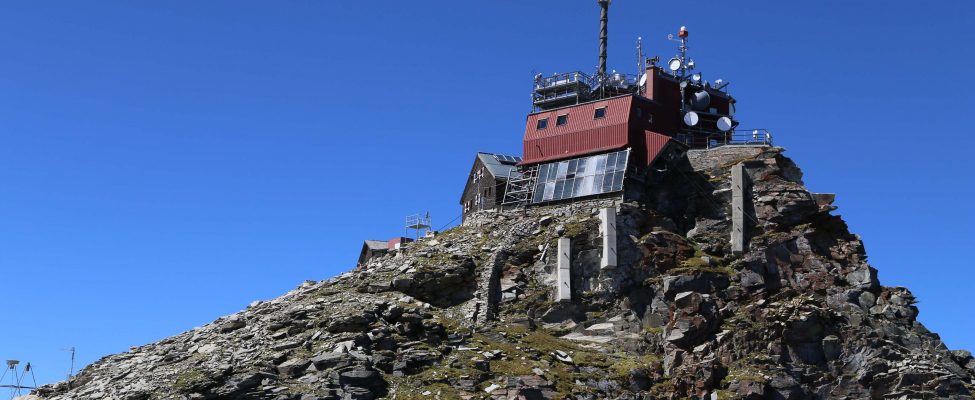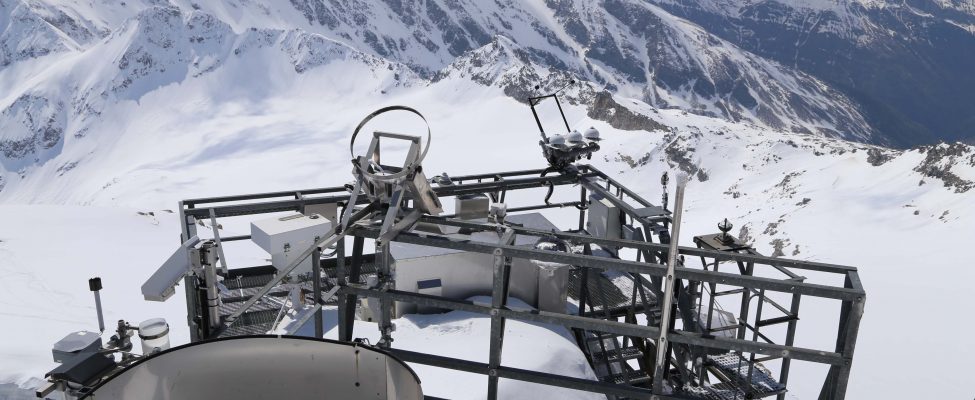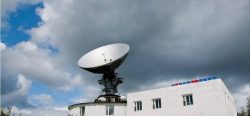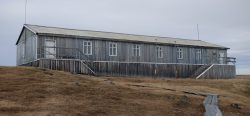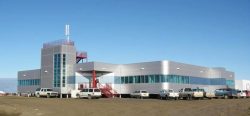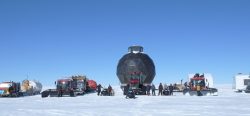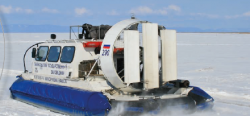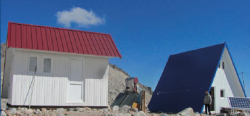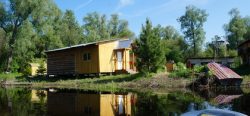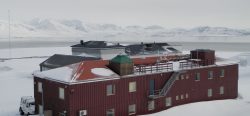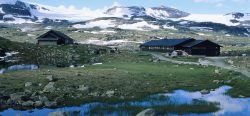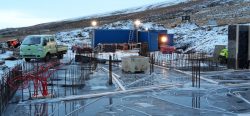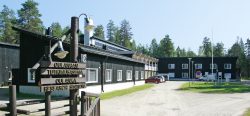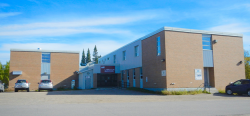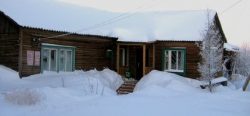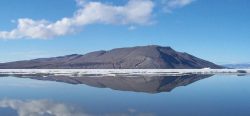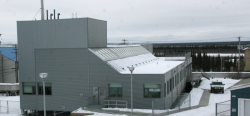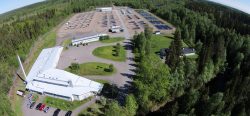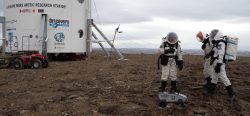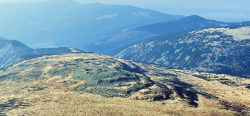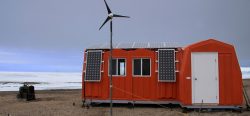Contact Details
Climate Research Department,
Hohe Warte 38,
1190 Vienna, Austria
STATION NAME AND OWNER
The Sonnblick Observatory is owned, managed and operated by the „Zentralanstalt für Meteorologie und Geodynamik“ (ZAMG).
LOCATION
Sonnblick Observatory is located in the Austrian Central Alps at an elevation of 3106 m a.s.l. at top of the mountain “Hoher Sonnblick”.It is situated at the alpine main divide, which is a clear climatological border. It also lies in the “Nationalpark Hohe Tauern” which covers 1856 km² of the Austrian Alps at the border between the provinces of Salzburg, Carinthia and Tyrol. Nearest villages are Heiligenblut to the South (10 km away) and Rauris to the North (20 km away). One important reason for the establishment of the Sonnblick Observatory in 1886 was the available infrastructure from gold mining activities.
BIODIVERSITY AND NATURAL ENVIRONMENT
The natural environment is high-alpine with year-round snow-cover, glaciers, and permafrost. Sonnblick region covers mountain ecosystems.
HISTORY AND FACILITIES
Sonnblick Observatory was built in 1886 at the summit of Sonnblick Mountain, motivated from the need for information on meteorology in higher altitudes of the atmosphere. Very soon other scientific disciplines became interested in the extreme location of the observatory, e.g. Nobel-prize winner V.F. Hess for his measurements of cosmic rays. In 1986, the observatory was rebuilt to a modern observatory with cable car access, electricity, and a large research platform. From that time onward investigations on atmospheric chemistry became a new research field at Sonnblick. Today, Sonnblick is a station of interdisciplinary research covering the atmosphere, the cryosphere, the biosphere, the lithosphere, and the hydrosphere.
GENERAL RESEARCH AND DATABASES
Research of Sonnblick is currently formulated in the research programme ENVISON. It covers three main topics (the atmosphere, the cryosphere, and the biosphere) in an extensive monitoring programme and with many research projects. Sonnblick is outstanding with respect to its long-term climate observations and studies on glacier changes. Thus, the impact of Climate Change on the cryosphere is a major research topic at Sonnblick. Since 1886, Sonnblick was also involved in many international projects on atmospheric chemistry and atmospheric physics. The research is described on www.sonnblick.net. Sonnblick Observatory cooperates with several Austrian and international universities/research institutions. Within the frame of the GAW-DACH cooperation, Sonnblick has a special partnership with the observatories Jungfraujoch (in Switzerland), Zugspitze and Hohenpeissenberg (both Germany) for common research on atmospheric processes and Climate Change (GAW: Global Atmosphere Watch in Germany, Austria, and Switzerland: D-A-CH). The Sonnblick observatory is part of the BSRN-Network as well as of WMO-GCW. An overview of Sonnblick data can be checked out here: https://data.sonnblick.net/
HUMAN DIMENSION
The nearest settlements are Rauris (c. 3000 inhabitants) in the North and Heiligenblut, at the foot of Austria’s highest peak Grossglockner (3798 m), in the South. Both villages are well known tourist centres for mountain-related summer and winter activities (all kind of skiing, hiking, climbing, cycling, etc.). The Valley of Rauris is the largest community of the Salzburg province, and has more than 420 000 bed-nights related to tourism per year. Heiligenblut has 1090 inhabitants (January 2011) and is the end point of the Grossglocker Hochalpenstra.e (high alpine road).
ACCESS
Access to Sonnblick Observatory is possible throughout the year either by cable car from the North (20 minutes trip from Rauris valley) or by hiking from Rauris valley from the north or from Heiligenblut from the south (about 5 hours hike from both sides). The cable car is private one and only in use fort he observatory. Touristic transport is not allowed. As Sonnblick is situated within the “Nationalpark Hohe Tauern” the use of helicopters is restricted. Because of its remote location in the Alps potential mountain hazards have to be considered during field work. Sonnblick Observatory is built together with an alpine hut “Zittelhaus” which offers accommodation and additional space.
The Sonnblick Observatory provides a virtual tour: https://www.sonnblick.net/en/the-observatory/360-tour/
